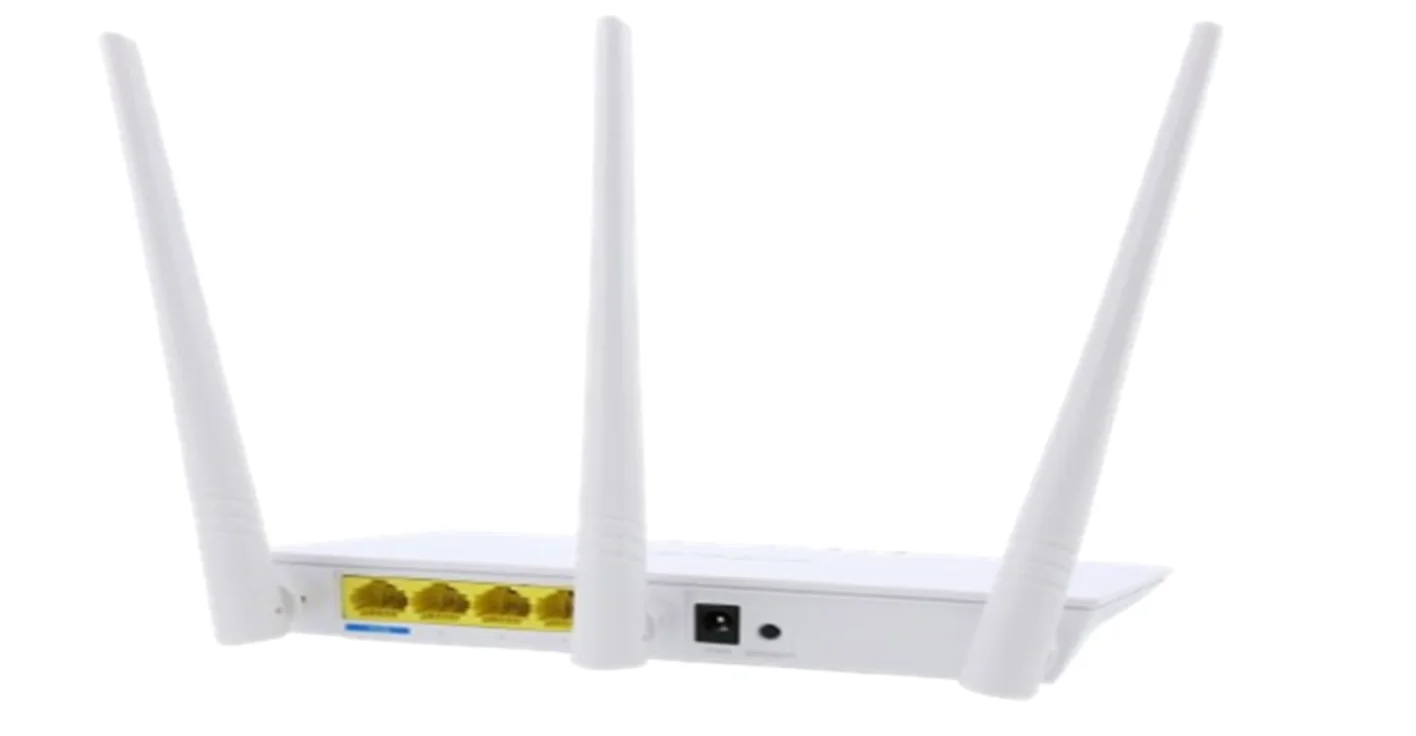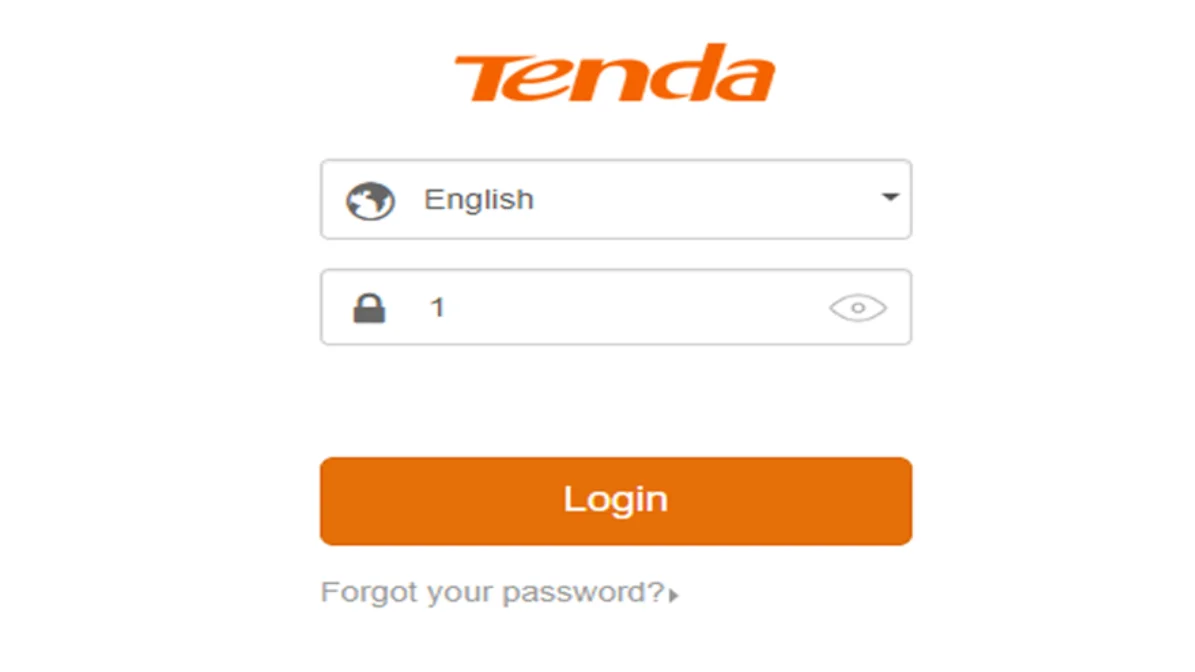
In January 2024, while conducting security assessments, our team stumbled upon a critical vulnerability in the Tenda N300 F3 Router. Recognizing the potential impact on user security, we promptly reached out to Tenda to report our findings and provide detailed documentation of the issue.
The report outlined how the vulnerability allowed for unauthorized access due to a password policy bypass flaw. With each passing day, our concern grew as we awaited a response from Tenda, eager to see action taken to address the issue and protect users from potential exploitation.
The Tenda N300 F3 router is facing a critical vulnerability related to a password policy bypass. This flaw enables users to set weak passwords that do not meet the necessary security standards, potentially compromising the integrity of the network.
Similar to leaving a door ajar, this vulnerability opens the possibility of unauthorized access to the router and its connected devices. Urgent action is needed to address this issue and reinforce network security measures.

The Tenda N300 F3 router’s vulnerability due to insecure passwords poses a serious risk, allowing unauthorized access and potential network manipulation. This flaw opens avenues for malicious actors to breach networks, potentially leading to data exposure and manipulation.
Immediate action is imperative to mitigate this risk, including implementing strong, unique passwords and promptly applying firmware updates to address underlying security flaws.
Proactive monitoring and security measures are essential to detect and respond to unauthorized access attempts, safeguarding against potential threats and mitigating the impact of this vulnerability on network security.

The vulnerability in the Tenda N300 F3 router allows users to bypass its password policy enforcement mechanism, creating passwords that don’t meet security standards. This flaw weakens router security, enabling unauthorized access to its administrative interface or network.
Attackers could exploit this to intercept data, manipulate configurations, or launch further attacks. To mitigate risks, immediate action is needed to enforce strong password policies, apply firmware updates, and enhance network monitoring.
The vulnerability in the Tenda N300 F3 router allows users to set single-digit passwords, effectively circumventing any password policies specified by Tenda. This loophole undermines the router’s security measures by allowing users to select passwords that lack basic security standards, such as length requirements or complexity criteria.
As a result, the router becomes vulnerable to unauthorized access attempts. Single-digit passwords are inherently weak and easily guessable, posing a significant risk of unauthorized access to the router’s administrative interface or the network it controls.
Immediate action is essential to address this vulnerability, including implementing robust password policies and promptly applying firmware updates to bolster the router’s defenses against potential security breaches.

Validate all input parameters on the server side to ensure they meet expected formats and lengths. Do not trust data sent from the client. If possible, upgrade to the latest firmware version.
In conclusion, the discovery of the Tenda N300 F3 Router Password Policy Bypass Vulnerability underscores the critical importance of robust security measures in network devices. This vulnerability exposes users to potential unauthorized access, putting their sensitive information at risk.
Tenda must take urgent action to address this flaw promptly through firmware updates or other mitigation strategies. Additionally, users should remain vigilant by regularly updating their router’s firmware and implementing strong, unique passwords to enhance their network security posture.
Redfox Security is a diverse network of expert security consultants with a global mindset and a collaborative culture. If you are looking to improve your organization’s security posture, contact us today to discuss your security testing needs. Our team of security professionals can help you identify vulnerabilities and weaknesses in your systems and provide recommendations to remediate them.
Join us on our journey of growth and development by signing up for our comprehensive courses.
Redfox Cyber Security Inc.
8 The Green, Ste. A, Dover,
Delaware 19901,
United States.
info@redfoxsec.com
©️2025 Redfox Cyber Security Inc. All rights reserved.